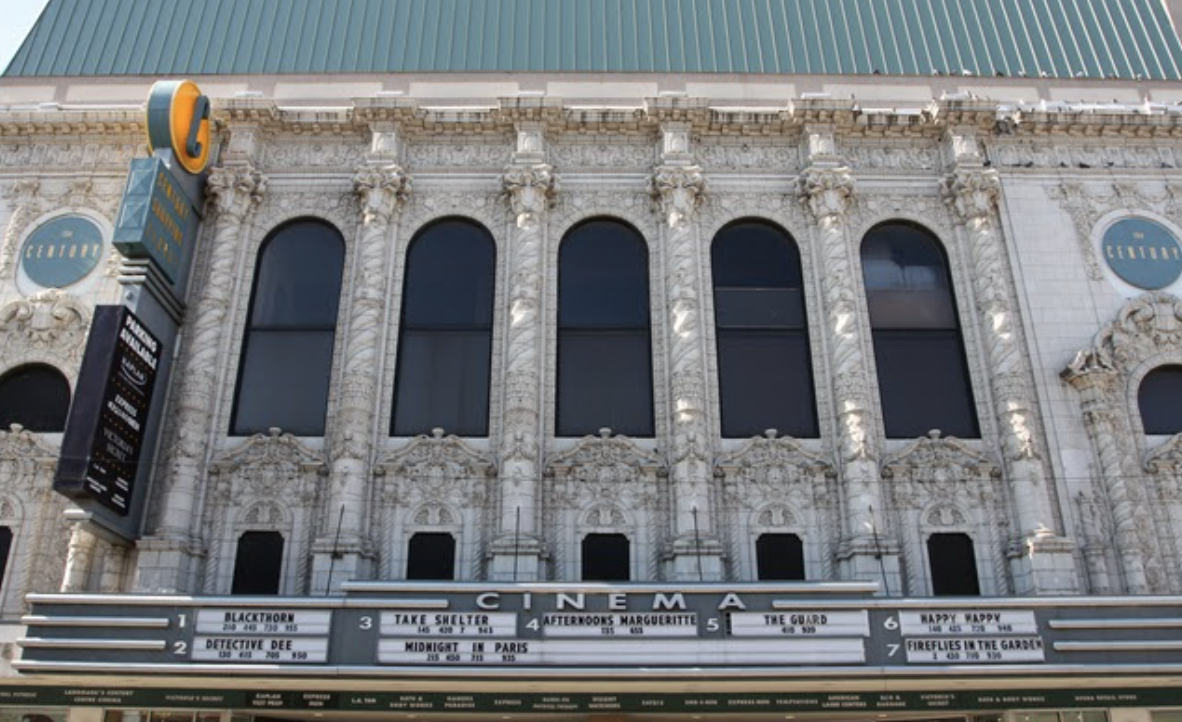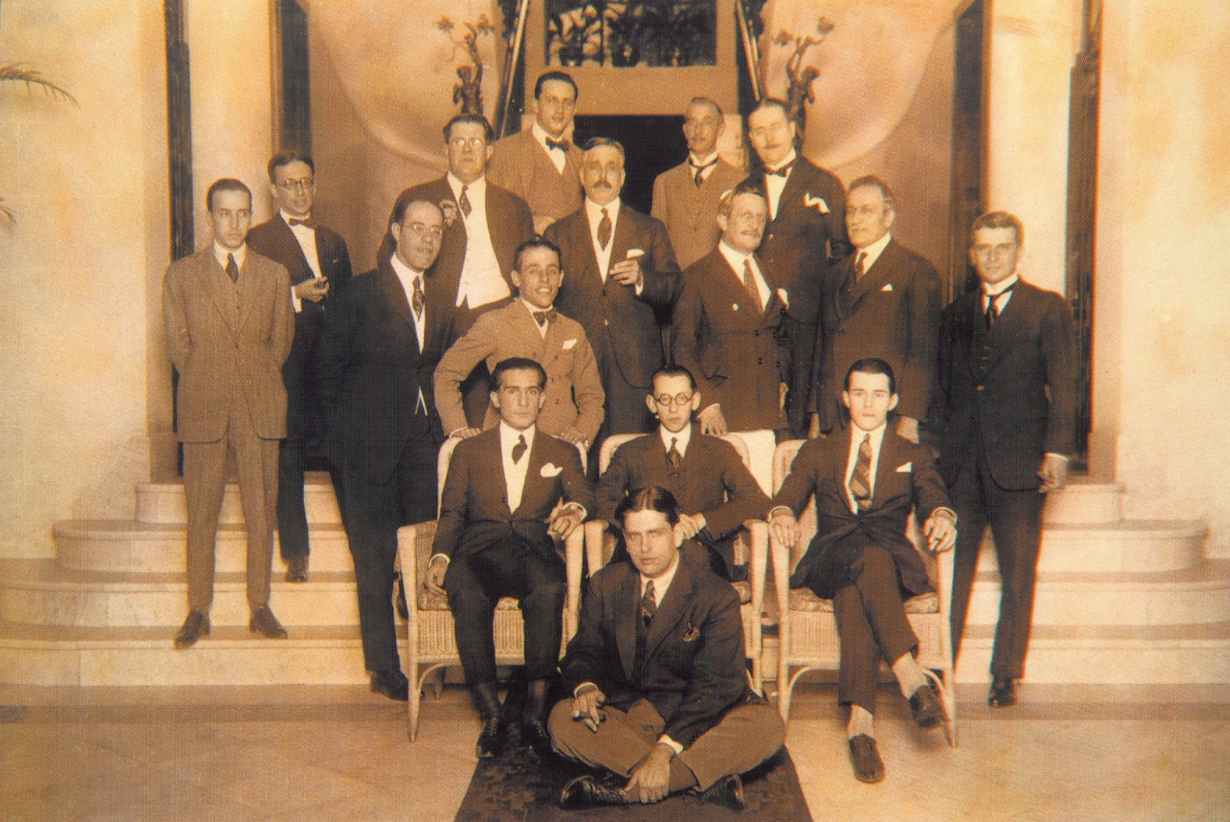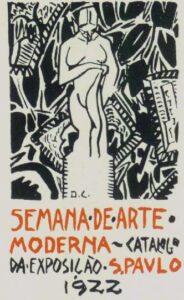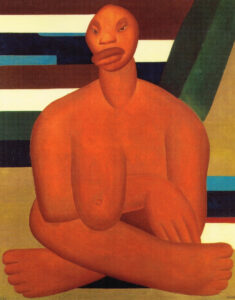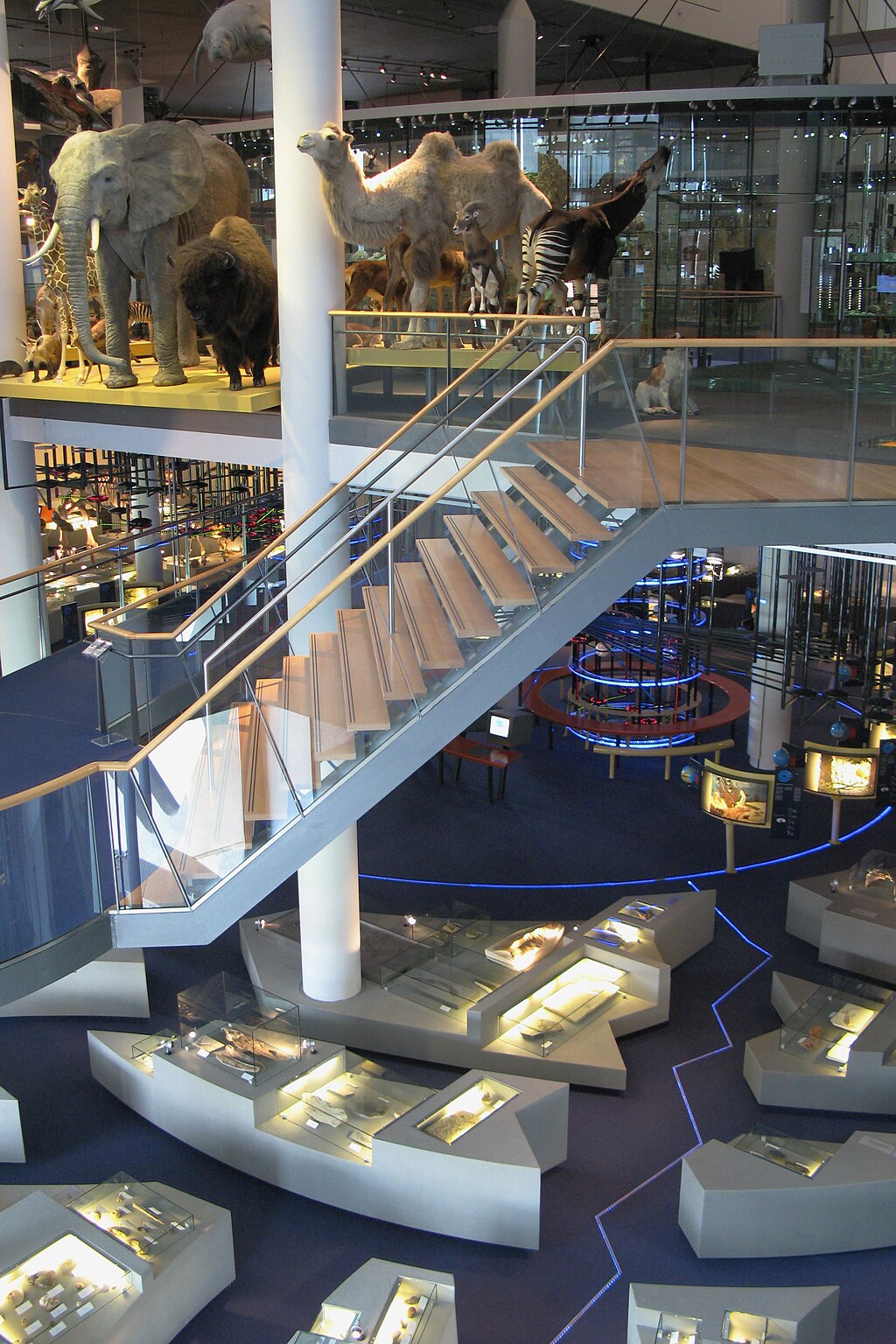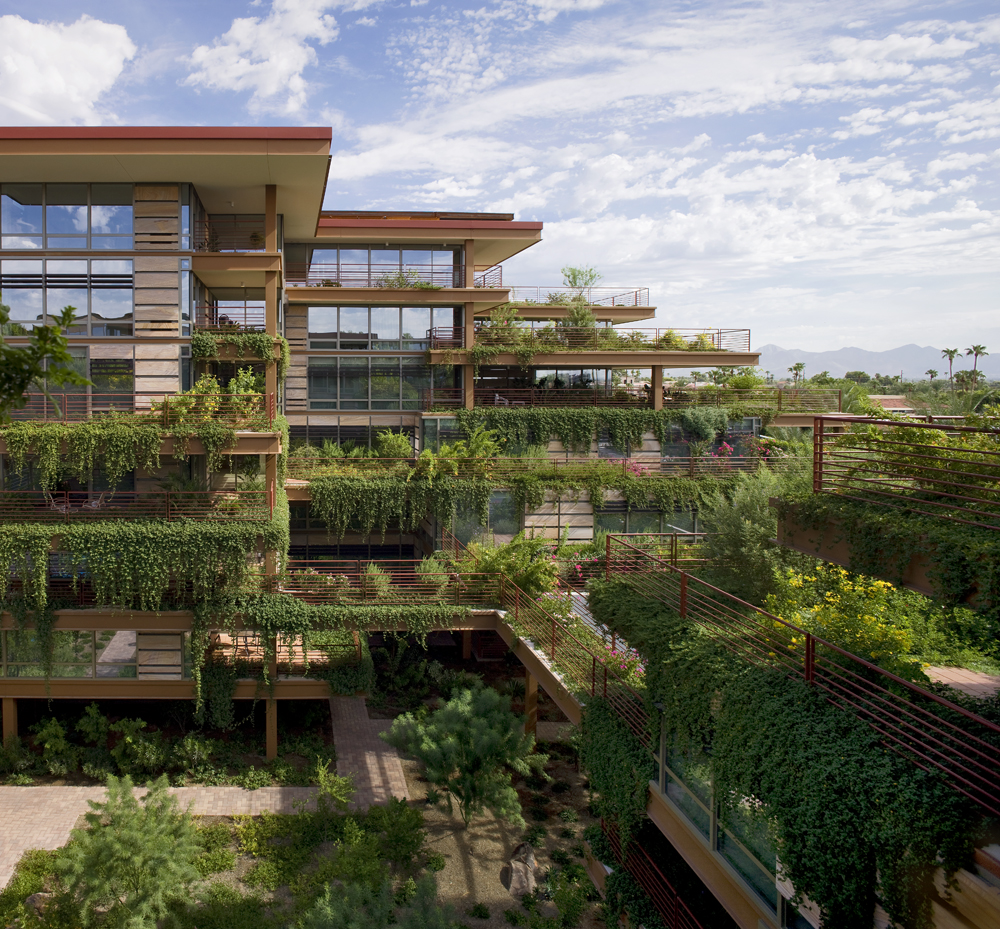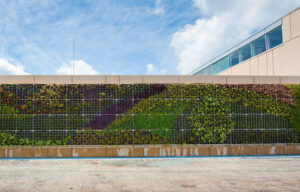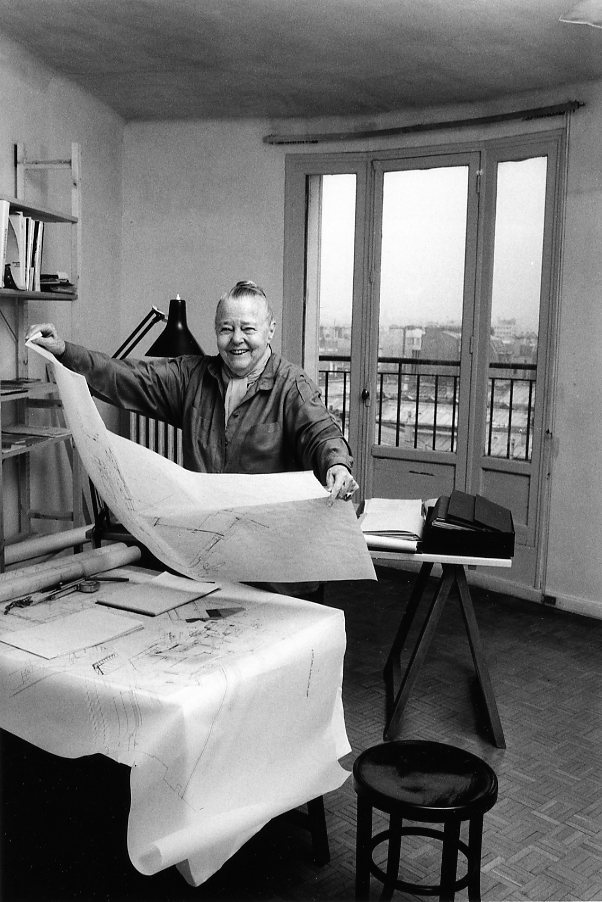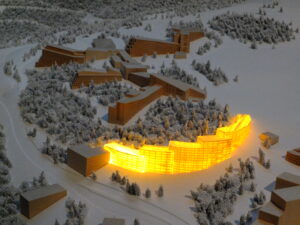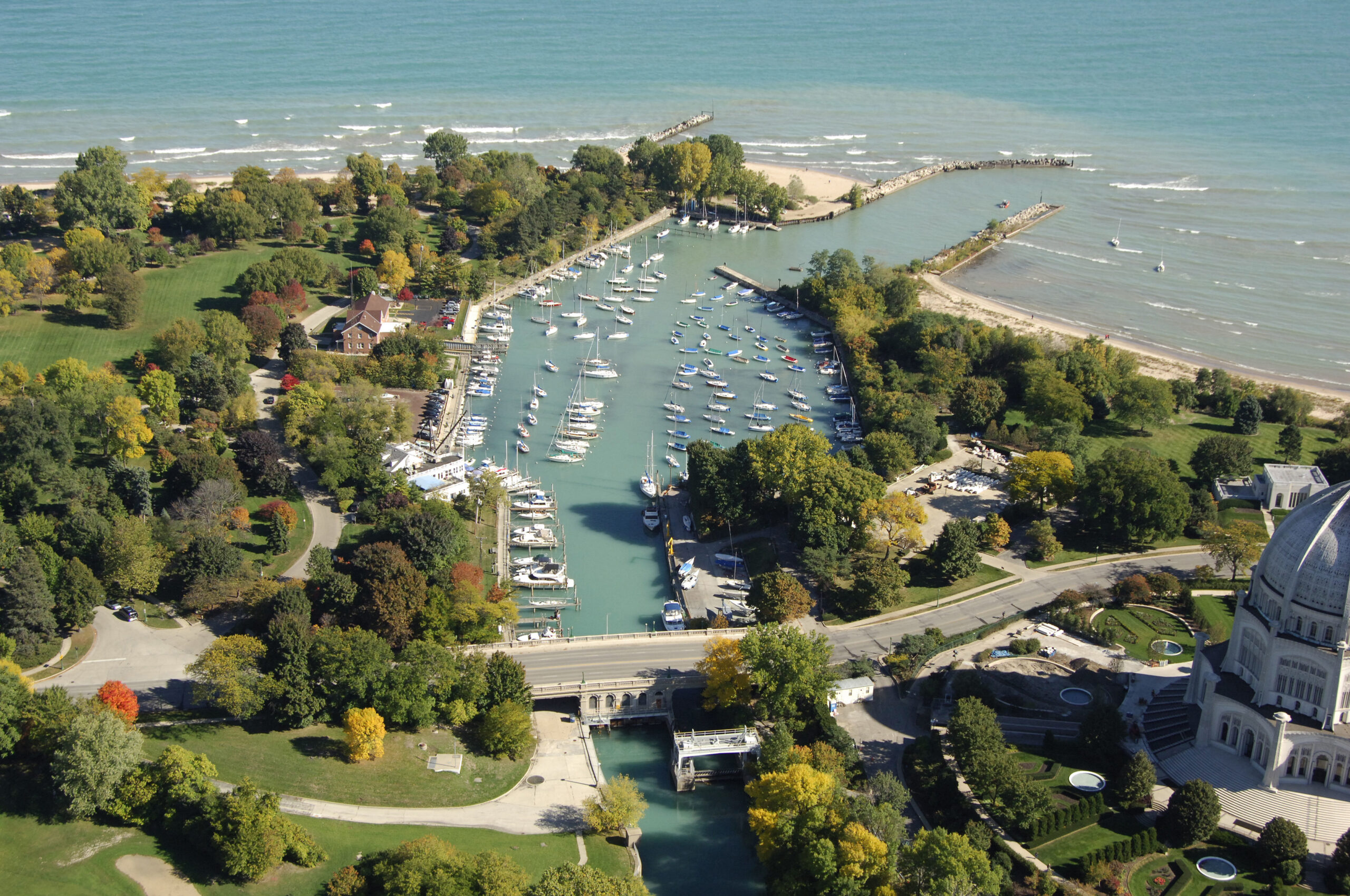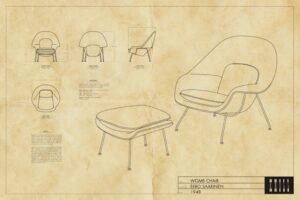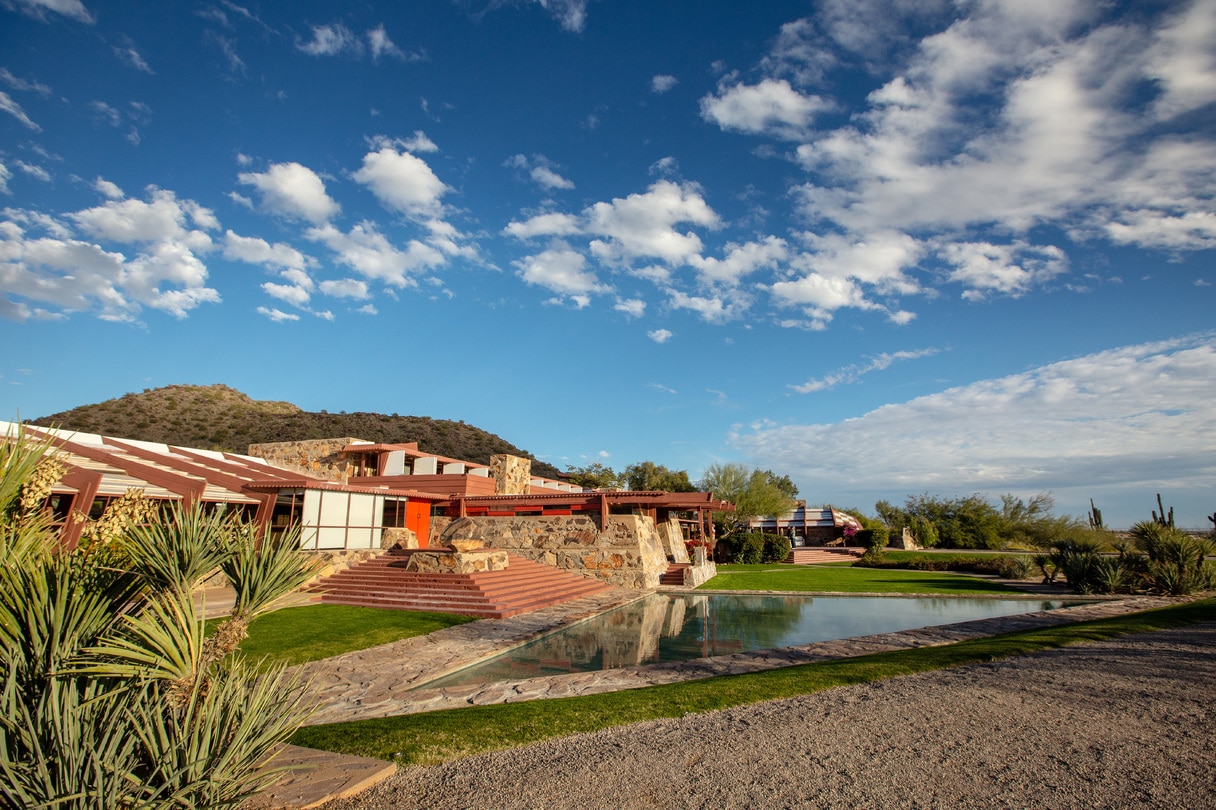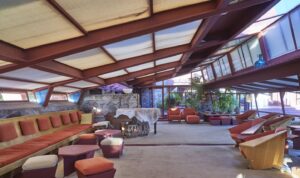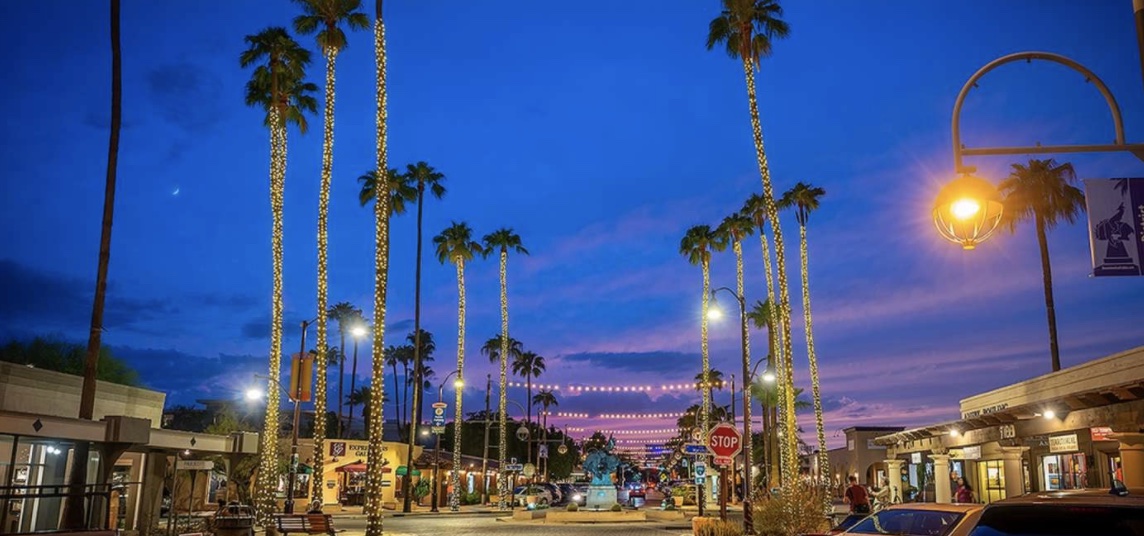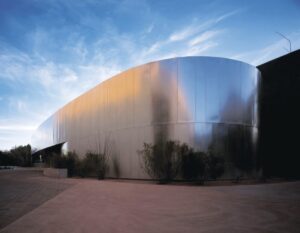Filled with an appreciation for arts, culture, and everything in between, Chicago’s Lakeview neighborhood is home to some of the city’s most brilliant and iconic buildings. Forever inspired by the architecture surrounding us, we’ve been out and about to spotlight a few of the many architectural treasures found near our newest development, Optima Lakeview:
Landmark Century Cinema
Landmark Century Cinema, one of the neighborhood’s most opulent structures, opened its doors in 1925 at 2828 N Clark Street. The structure, originally named Diversey Theater, was designed by Edward Eichenbaum of Levy and Klient, a prominent architectural firm that was known for their theater designs at the time. The stunning theater was built with a Spanish Baroque Style façade which has remained in excellent condition throughout the building’s life.
Throughout the building’s nearly century-long existence, it has undergone several renovations and name changes. In honor of the Century of Progress World Fair hosted in Chicago from 1933-34, the building became the Century Theater. With the name change came a complete remodeling of its interior space, which introduced various Art Deco elements to the theater.
In 2000, the Landmark Theater Chain bought the property, prompting the name change to Landmark Century Cinema. With the purchase came further restorations and renovations across the historic structure. Today, Landmark Century Cinema exhibits its original Baroque terracotta facade and updated neo-Art Deco interior.

Schubas Tavern
What was once a beloved tied house – a bar created to serve only a single brand of beer – is now a historic tavern featuring some of Lakeview’s most stunning interior and exterior architecture. Built by architectural firm Frommann and Jebsen, Schubas Tavern originated as a Schlitz Beer tavern in 1903.
The company operated the tavern for over 80 years until the building was bought by Schubas in 1989. With restoration at the front of their minds, Schubas refreshed the historic bar’s 30-foot Brunswick mahogany bar, tin ceilings, walnut wainscoting along with exterior fixtures that included the famous Schlitz globe logo. Often frequented for its showstopping concerts and events, one of the most significant renovations for the building was its timber performance stage, which has been host to a variety of big names, including Janelle Monet, Billie Eilish and The Nationals.
The bar’s newest architectural addition, Tied House, exhibits a modern reinvention of the iconic tavern. The new restaurant and bar utilizes traditional tavern materials, including brick patterns, copper accents and ceiling tiles, while transforming them in a modern fashion.
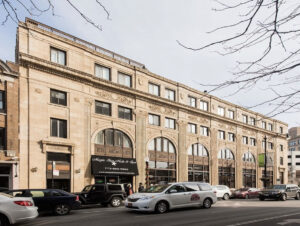
Marshfield Trust and Savings Building
Dramatically rising from its compact triangular lot at 3325 N Lincoln Ave, the former Marshfield Trust and Savings Building showcases various unique architectural elements that still radiate today. The historic bank building was constructed in 1924 by Architect William Gibbons Uffendell and Contractor Arthur Brundage, who would later become President of the International Olympic Committee.
The lanky flatiron building, which utilizes Classical Revival Styles of architecture, showcases an ornate terracotta exterior that features various elaborate designs. Two-story arched windows stretch along both sides of the building’s façade and meet in the middle to reveal the building’s main entrance, which is framed with an eye-catching bracketed cornice above its doors.
With the opening of Optima Lakeview fast approaching, we couldn’t be more thrilled to continue showcasing what makes our new vibrant community so special.
